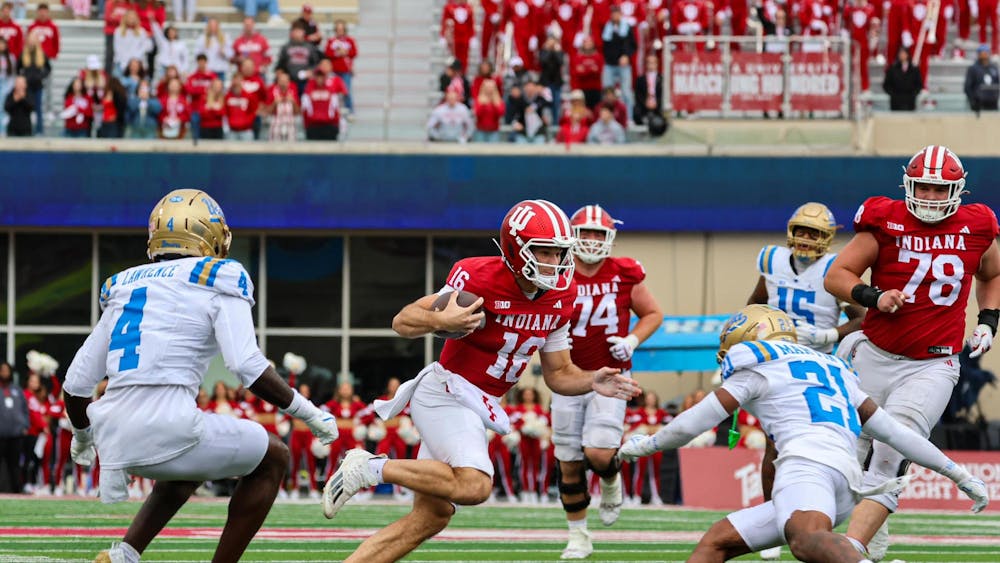“One-and-done.”
That phrase has become a college basketball cliché recently — and with head coaces like the University of Kentucky’s John Calipari rolling out an almost completely new roster of talented freshmen year after year, it’s not hard to see why.
Dating back to 2006 at Memphis, Calipari alone has coached 13 players who left for the NBA after their freshmen seasons.
But it’s not all Calipari.
The 2014 NBA Draft saw six freshmen come off the board in its first nine picks for a total of 11 in the entire draft, the most since 2008. Only two of those players came from Kentucky.
The Charlotte Hornets selected one of them, IU’s own 19-year-old Noah Vonleh, with the No. 9 pick despite the fact that he was under-utilized in Tom Crean’s system.
The 6-foot-10 power forward from New Hampshire only averaged 26.5 minutes per contest despite leading the team in rebounds in 26 of its 32 post-exhibition games. He led the team’s starters in three-point field goal percentage and blocks per game.
The guy could play. It goes without saying.
Nonetheless, he elected to enter the NBA Draft after his first year, leaving a Vonleh-sized hole in the frontcourt that Hoosier fans could only hope its impressive guards junior Kevin “Yogi” Ferrell and blue chip freshman James Blackmon would cover up with scoring.
But still, it’s hard not to think of what college basketball’s landscape would look like with Vonleh coming back for a sophomore season, not to mention spectacular players like Kentucky’s Julius Randle and Duke’s Jabari Parker staying another year.
College basketball stands to benefit by players staying in school longer. That much is certain. But the NBA only requires that players be 19 years old and have one year out of high school to declare for the draft. So the very best in the country are usually gone after their first season in college. It’s unlikely that the NBA will change that anytime soon.
My biggest beef with all this is the façade of the one-and-done “student” athlete.
With players only staying one year — one semester in some cases — it’s hard to argue that there’s a lot of real educating happening. There’s a reason a college education takes four years to complete, and that’s not because it’s something that can be done quickly.
Dallas Mavericks owner and IU alumnus Mark Cuban laid it all out in April.
“We can get rid of all the hypocrisy and improve the education,” Cuban told ESPN. “If the whole plan is just to go to college for one year maybe or just the first semester, that’s not a student-athlete. That’s ridiculous.”
He hit the nail on the head.
What the NBA should do as a business is focus on the improvement of the NBA Development League, which allows 18-year-olds to join. Cuban proposed the idea of allowing the D-League to tutor and mentor young talented players, helping them prepare for the lifestyle changes that huge NBA paydays inevitably give them.
That would be infinitely more useful to the average one-and-done than a schedule full of racquetball and entry-level Spanish classes and, at the same time, the player would be exposed to upper-echelon NBA talent at a younger age with less pressure.
And the college game wouldn’t suffer, either. It would just mean more players stay longer, bringing back the chemistry, team familiarity and dynasties that turned four-year guys like Tyler Hansbrough, Christian Laettner and Danny Manning into legends.
We have to be done with the one-and-done.
aknorth@indiana.edu





